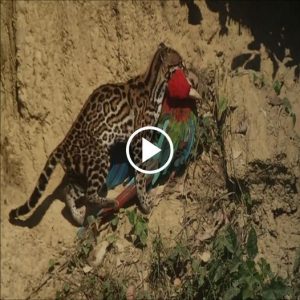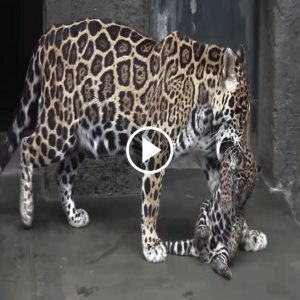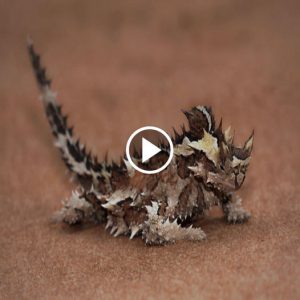In the distant past, a peculiar sea creature reminiscent of a cuttlefish, a slug, and somewhat resembling a leech existed. When a fossil of this enigmatic creature was unearthed hundreds of millions of years later, it was named after its discoverer and referred to as the “Tully monster.” However, scientists have been unable to reach a consensus on how to classify this creature, shrouding it in mystery.
Discovery of the Tully Monster

The Tully monster, scientifically referred to as Tullimonstrum, was first discovered in 1958 by fossil collector Francis Tully in the fossil beds of Mazon Creek, located in Illinois. The specific fossil Tully found dates back as far as 307 million years ago.
At first glance, the Tully monster appears slug-like, with what are believed to be eyes protruding outward on two stalks, similar to those of a slug. However, where one might expect to find a mouth, there is a long, thin appendage with a claw at its end, which appears to have teeth.
The unique characteristics of the Tully monster make it challenging to classify it as either a vertebrate or invertebrate. Vertebrates are creatures with backbones, such as mammals, fish, birds, and reptiles, while invertebrates lack backbones, including insects, octopuses, and crustaceans.

A 2016 study classified it as a vertebrate
In 2016, a group of scientists conducted a study that claimed to have finally classified the Tully monster as a vertebrate. Their evidence suggested the presence of a notochord in the Tully monster, a flexible rod running the length of the body. Although not considered a spinal cord, the notochord is considered a precursor to a spinal cord. Therefore, the presence of the notochord led these scientists to classify the Tully monster as a vertebrate, aligning it with lampreys.
The study also examined pigment granules known as melanosomes located in the eyes. By analyzing these melanosomes, scientists noted similarities in shape and size with those found in the eyes of other vertebrates, further supporting this classification.

A more recent study challenges this classification
For a while, the 2016 study was accepted as the closest to a definitive classification that scientists would reach regarding the Tully monster. However, a more recent study has challenged the 2016 findings, reopening the mystery surrounding the Tully monster in the scientific discourse.
This newer study also focused on melanosomes in the eyes but took a deeper look at their chemical composition using a particle accelerator known as a synchrotron radiation light source. This allowed researchers to identify the elements inside the specimens by overloading them with intense bursts of radiation, each element producing a unique X-ray signature.

When analyzing the Tully monster’s eye zinc-to-copper ratio, it was determined that the creature more closely resembles invertebrates than vertebrates, contradicting the previous study’s claims. It was also found that the Tully monster’s eyes contained a different type of copper than vertebrates. What is particularly intriguing is that even though this unusual creature differs from vertebrates, it is also not identical to invertebrates.
The recent study supports the notion that the Tully monster is neither a vertebrate nor an invertebrate, leaving scientists back at square one with this mysterious creature, and the enigma continues.





